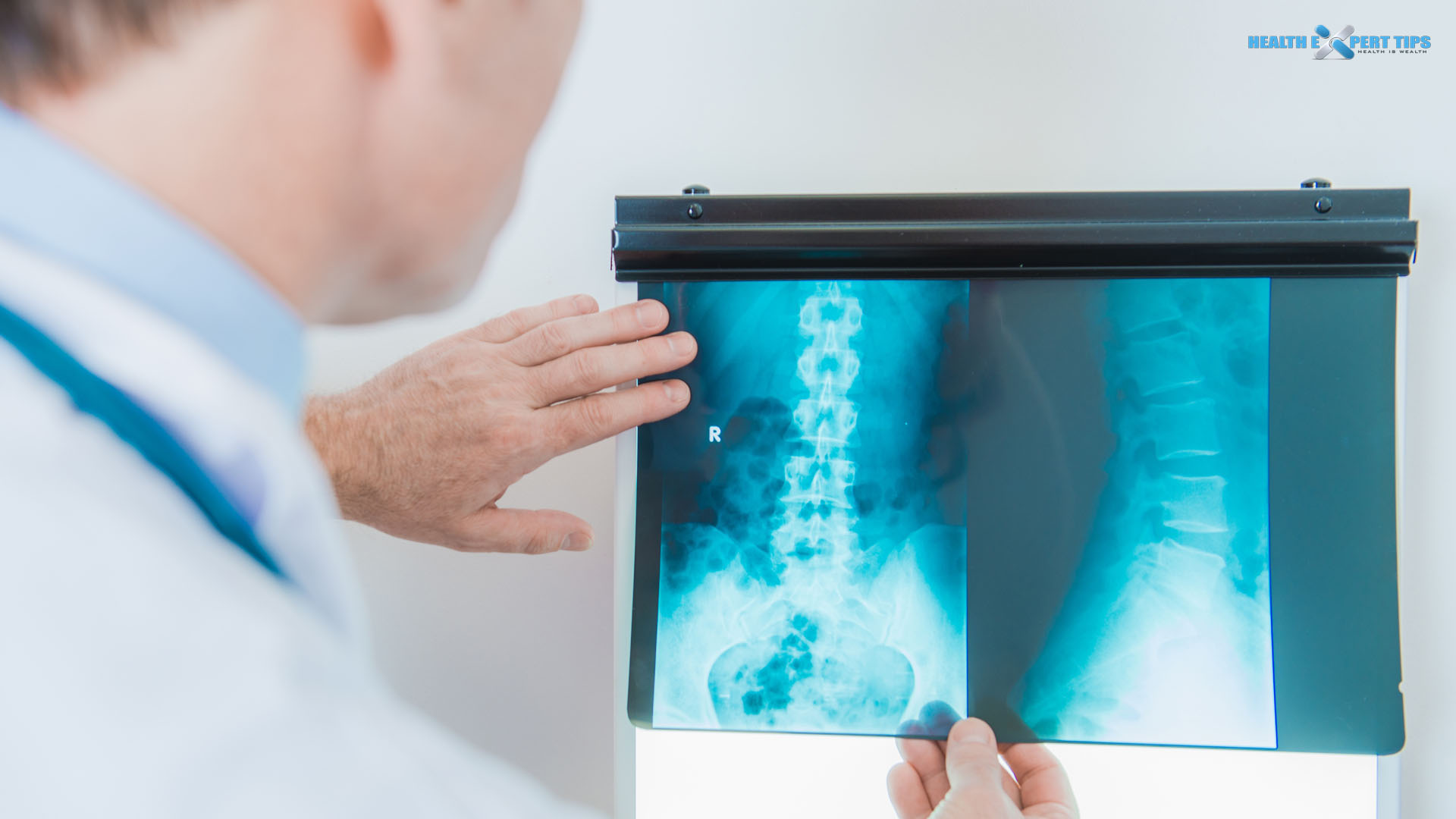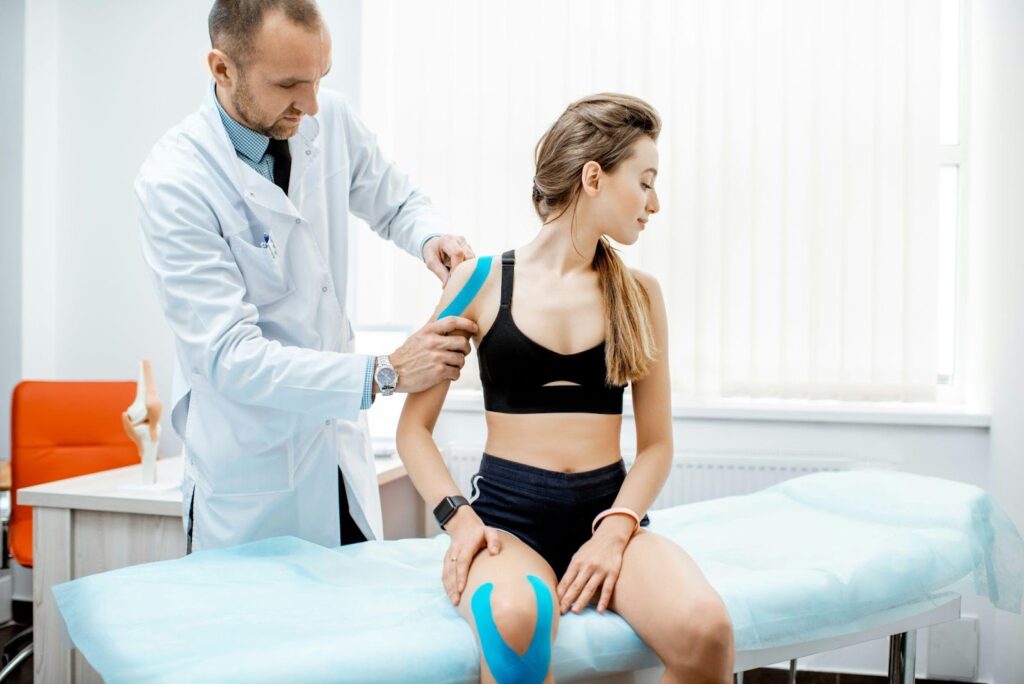Retrolisthesis is one type of vertebral misplacement, or subluxation, that can occur in the spine. It is the backward slipping of a vertebra in relation to one above or below it.
Retrolisthesis is less common than forward slipping, called spondylolisthesis. It occurs most often in the cervical or lumbar segments of the spine, as these are the most mobile. A number of mechanical or external forces can cause vertebral misalignment. Conditions like arthritis and degenerative disc disease can cause a vertebra to shift. An injury, such as a hard fall, can sometimes jolt the spine enough to cause misalignment. Years of improper body mechanics can create enough stress on the spine to throw it out of alignment, as can being overweight. Blunt trauma can also cause the shift. A number of changes occur in the back surrounding retrolisthesis. The joints that connect vertebrae are stresse when they become misaligned.
Treating Restrolisthesis:
The discs surrounding the shifted bone will be pushed toward the innermost part of the body and caused to bulge, providing inadequate shock absorption to the spine and potentially allowing friction between the bones. The slipping vertebra may begin to compress nerve roots exiting the spine. Soft tissue surrounding the shifting area of the spine – namely, ligaments and muscles – become stretched and injured. Symptoms of retrolisthesis vary greatly depending on the degree to which the vertebra has shifted and whether or not it is impinging spinal nerves. Decrease range of motion and localize back pain may felt. Tenderness due to muscle and ligament injury is possible. If nerves are being compressed, then sharp pain, tingling, numbness and weakness may be felt along the nerve pathway. Chiropractic care is the best conservative option for restoring alignment to the spine.

What you should have to understand?
If disc degeneration has caused your misalignment, or if the misalignment has caused disc degeneration, look for a chiropractor equipped with a decompression machine. Decompression treatments gently pull your vertebrae apart to increase intervertebral space and allow discs to reabsorb lost fluids. These machines have biofeedback technology that assesses how surrounding tissues respond to the pulling force exerted to separate vertebrae. If the pull is too great, your muscles will react by contracting against it. Repairing your soft tissues will likely take more time than restoring alignment. Once alignment is attain, the stress on tissues will be decrease, but restoring tone to the tissues will be a process. Physical therapy may be need to target overstretch ligaments and muscles. Simple core exercises, such as the bird dog, may be prescribe to ensure balance core strength to support the spine. Your best chance of recovering fully from retrolisthesis comes with education.
Make sure you are not being sent out of the doctor’s office with nothing but pain medications to mask. The symptoms or rushed into the operating room when conservative options are available. Ask for a referral to a well-reputed chiropractor and begin the path to safe, thorough recovery.




